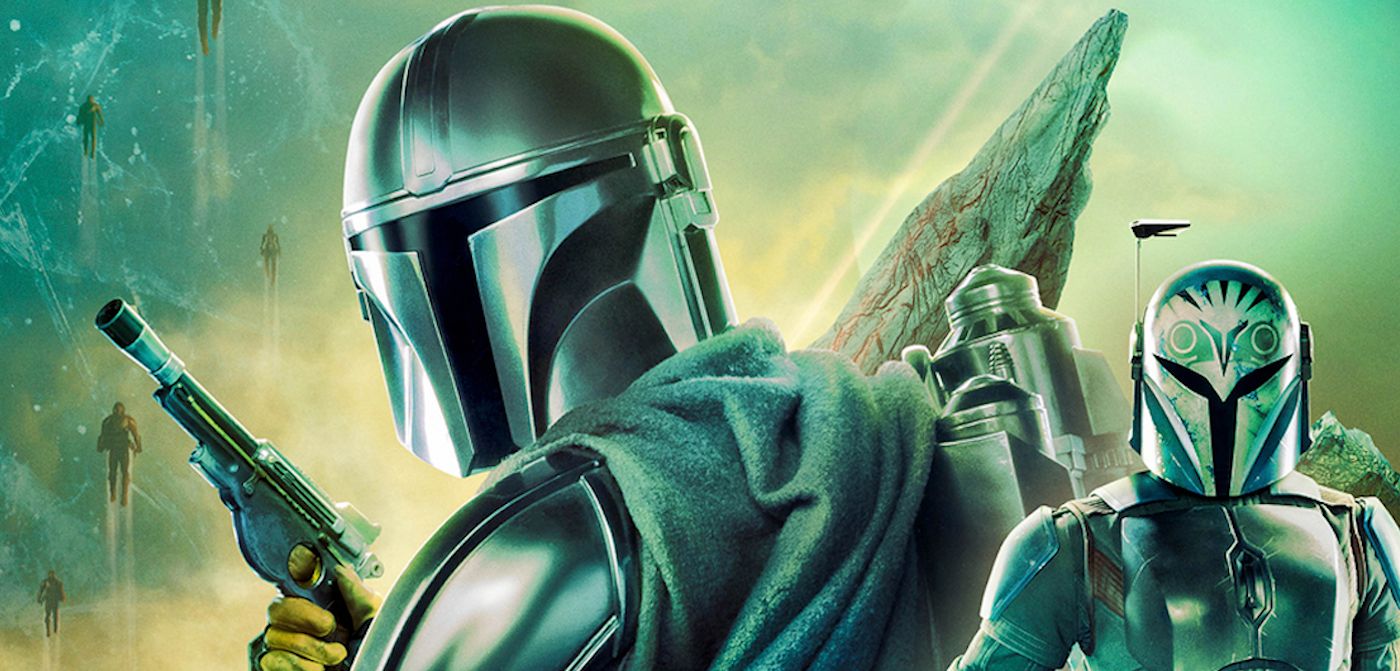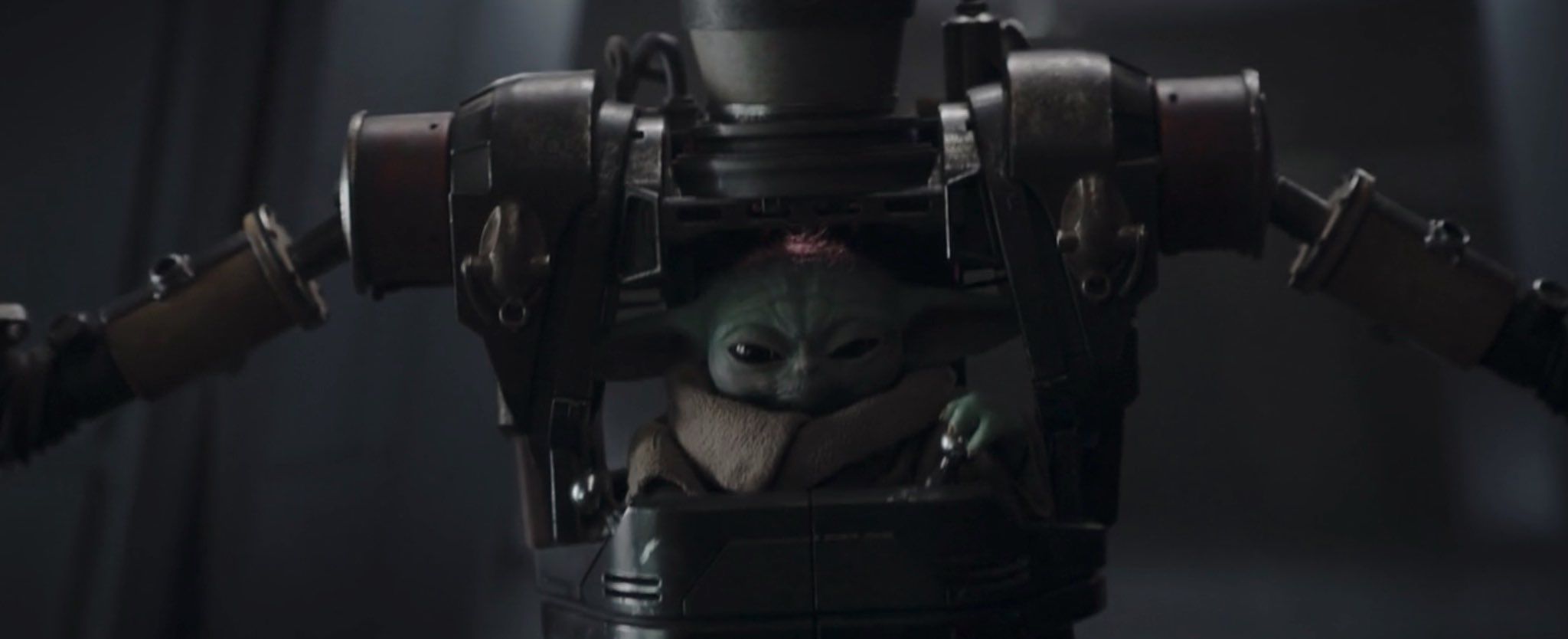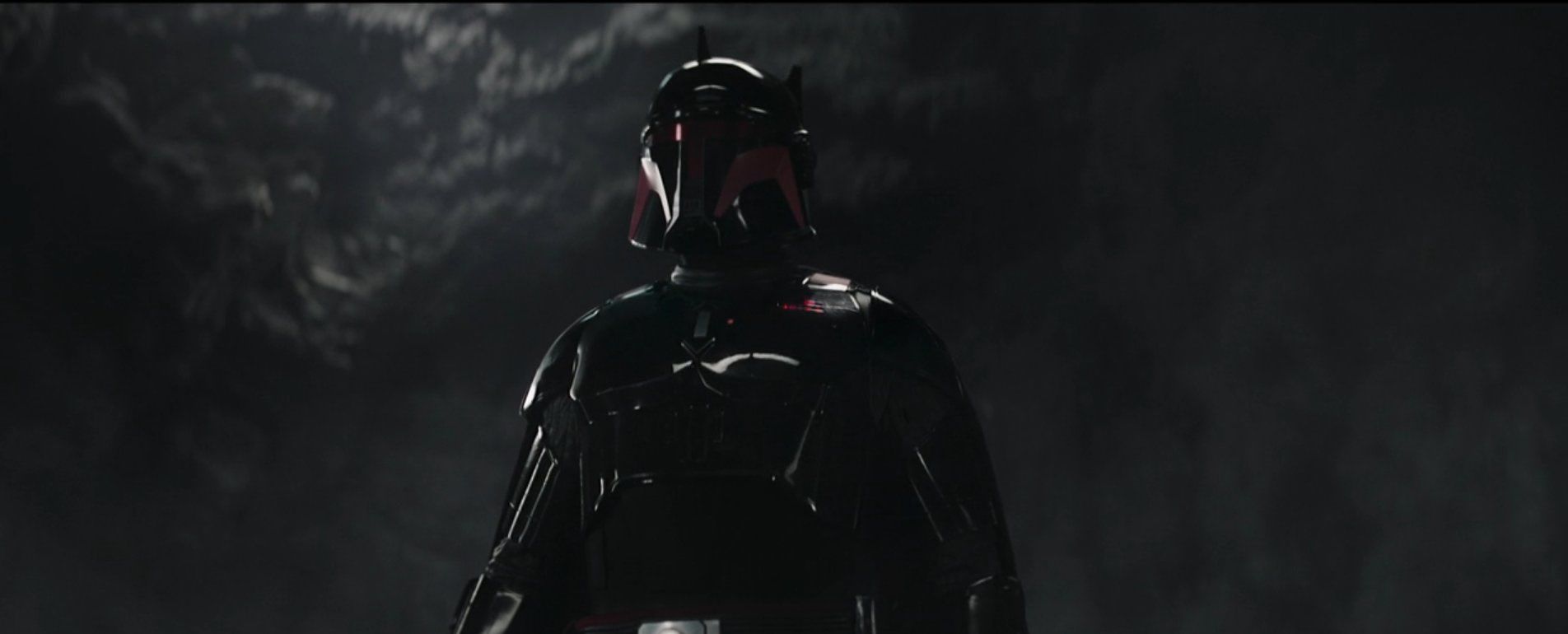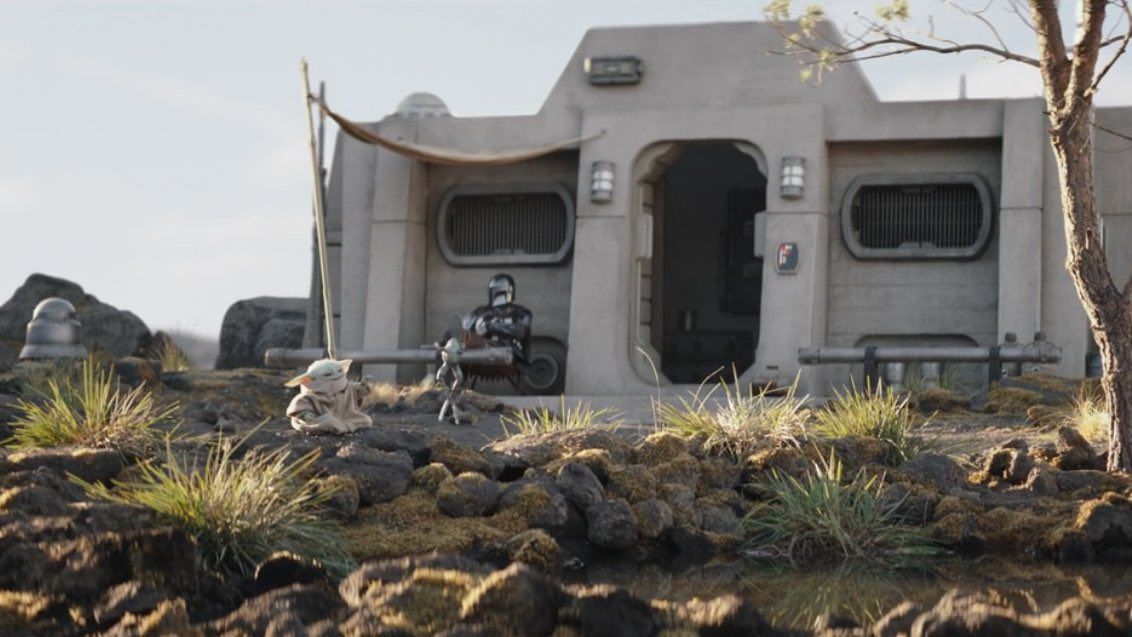Despite their flaws, the first two seasons of The Mandalorian seemed to have an overarching storyline and a clear end goal in mind. When Season 3 arrived, all of that changed with the status quo, as Bo-Katan (Katee Sackoff) was pushed to the forefront and an entirely new plot line emerged. The decision wasn’t wholly unwelcome, but it did force the series to half-heartedly abandon its two-season lead. By the penultimate episode last week, it seemed as though The Mandalorian had recollected itself and was, at long last, headed towards the culmination of three seasons of disjointed story threads—but that wasn’t the case.
On the surface, “The Return” delivers some semblance of a satisfying conclusion, one that feels like it may actually be the end of The Mandalorian as a series, but none of it is earned. True to form, it rushes past story beats without attempting to build on them, cuts off potential before it has the chance to come to fruition, and blatantly retreads familiar ground out of fear of delivering anything other than “safe.” As cruel as it sounds, the finale is the most “toys in a sandbox” the series has ever felt, and the kids playing with the action figures seem to have run out of ideas before recess was over.
Following his capture last week, the episode opens with Din Djarin (Pedro Pascal/Brendan Wayne/Lateef Crowder) in the custody of Moff Gideon’s (Giancarlo Esposito) troopers. Though it seemed like The Mandalorian may revisit the sinister torture that the New Republic employed a few episodes ago, Din manages to escape before they can get to any interrogating. With the help of the IG-12-boosted Grogu, Din takes out the troopers with only a little damage.
The penultimate episode framed Din’s capture as a major set-up for the finale, however, it was only a blip in the expedited storyline. In the end, its purpose was to get him behind enemy lines—where he and Grogu got to discover and destroy Gideon’s hall of clones—and lay the groundwork for the final showdown with Moff Gideon. To his credit, Din recognizes that in order for them to move forward they’re going to have to beat Moff Gideon once and for all, though it isn’t the final battle audiences may have had in mind. While everyone should caution against expectations, it seems odd that The Mandalorian continues to dangle potential it fails to see.
Elsewhere on Mandalore, Bo-Katan and the rest of the Mandalorians retreat from the action to regroup. This takes them to an underground cave that the Mandalorian who survived the siege have been living in, which happens to be thriving with the native plants of Mandalore that Bo-Katan long thought died. It’s an interesting sojourn that seems to be trying to say something bigger about the reclamation of the Mandalorian homeworld, but it never really gets there. The series doesn’t allow for these quiet moments to remain quiet before barreling headfirst back into the action—which, admittedly, The Mandalorian does very well. And perhaps that’s because physicality is a language of its own, which helps to support the lacking dialogue elsewhere in the series.
Moff Gideon has been a consistent “big bad” throughout The Mandalorian, but it seems they can’t quite rekindle the magic of the Season 1 finale showdown. His terror is largely castrated here, even with full beskar regalia. Star Wars is about more than just good versus evil, but its villains are some of the most iconic, and Moff Gideon pales in comparison to the scripts he’s given. The final showdown feels like someone desperately wanted to rekindle the magic of The Last Jedi’s throne room scene—complete with Praetorian Guards—without fully understanding why that scene stands out as a fan favorite. Which, given the uneven and clumsy styling of Season 3, is par for the course. Even when Bo-Katan arrives at the eleventh hour to provide a much-needed assist, the fight just doesn’t feel earned, and it doesn’t seem like it should be the final chapter of the season either.
After all the back and forth about the Darksaber since Din won it in Season 2, it’s tossed aside and destroyed by Moff Gideon, largely undermining three series—including the animated ones—that built up its importance to the Mandalorians. In a way, this parallels how Season 3 has largely been viewed. The creatives took a good thing that was working well and threw it away in favor of the next big thing. The lack of energy behind this act of the story is palpable, and perhaps that is owed to its creatives focusing on other projects instead.
The Darksaber isn’t the only thing destroyed in the final showdown. Grogu’s short-lived ride-around-and-talk toy, IG-12, is destroyed in the fire when Axe Woves (Simon Kassianides) crashes the capital ship into Moff Gideon’s base to destroy it once and for all. Perhaps we should’ve seen how careless The Mandalorian is with the things it introduces after the Razor Crest was destroyed in Season 2. At least that, however, played a part in Din’s now-forgotten character development. After so much of Season 3 was focused on the Mandalorians’ return to Mandalore and Bo-Katan rising to take the throne, the finale speeds right past all of it. For fans of The Clone Wars, this was decades in the making, and it was treated as little more than a footnote in the race to the credits. Why would The Mandalorian sideline Din Djarin and his journey in favor of Bo-Katan’s story, and then butcher what could’ve been a really powerful moment in the history of Mandalorians? So much momentum plummeted straight to the mines beneath the planet in that instant.
Throughout most of the season, The Armorer (Emily Swallow) has regarded Din as Grogu’s father, however, it seems he wasn’t really his father. After Ragnar (Wesley Kimmel) is rebaptized in the waters of Mandalore—with no mention of his recently deceased father or why he needs to take the Creed again—Din attempts to have Grogu made his apprentice, instead of just his foundling. The Armorer points out that he’s still too young to take the Creed (which was already established earlier in the season) and makes a comment about requiring his parent’s permission to allow Din to take it for him. This makes no sense, considering how many Mandalorians are brought in as orphaned foundlings. To this roadblock, Din decides to bypass it by adopting him (which, isn’t that what the whole foundling thing already was?) and The Armorer allows it, giving Grogu… Din’s first name.
The Rise of Skywalker’s ridiculous “Rey Skywalker” endnote has met its match with “Din Grogu.” Despite the well-documented and The Mandalorian contemporary knowledge that Mandos use family names—like Bo-Katan Kryze, Paz Viszla, and even Sabine Wren—The Armorer does not name the kid Grogu Djarin. Between this and the odd dialogue, a few episodes back that implied Din was Grogu’s ward, The Mandalorian continues to suffer from scripts that seem to forget themselves.
After being tasked with taking his newly adopted son, Din Grogu, Din jets off to find Carson Teva (Paul Sun-Hyung Lee) to enlist as an independent contractor for the New Republic. His goal is to help the New Republic take down imperial remnants in the Outer Rim, and Din (the elder) doesn’t seem to care about getting an actual okay to take on this duty. This appears to be a blatant set-up for whatever comes next, but it also largely undermines what The Mandalorian attempted to do by showcasing the New Republic’s corruption and inadequacies mere episodes ago. All cops are bad cops until Din Djarin decides he’s going to be their personal bounty hunter, apparently. Worse yet, after letting Grogu ride around in his corpse for two episodes, Din collects a junked IG-11 unit from Carson to get the Anzellans on Nevarro to once again revive the dead droid. But wait! He’s not just a droid—he’s the new Marshall! Because apparently on Nevarro they’ll let just anyone become one.
The Mandalorian thinks it’s clever by paying off Greef Karga’s (Carl Weathers) offer to give Din land to settle on, which he doled out in the finale, but it seems to forget that the debt was paid already when Greef granted the Mandalorians land and asylum a mere handful of episodes ago. Of course, the covert barely took advantage of that offer before jettisoning off to Mandalore, but that doesn’t negate the fact that it was already tread-upon ground.
While most of the audience knows that Dave Filoni is gearing up for a movie that will play into this corner of the universe, The Mandalorian Season 3's ending gives nothing to the general audience, who isn’t plugged into every piece of news, to look forward to. Din and Grogu are once cut off from the covert as they set off to be independent contractors for the New Republic, living alone on Nevarro. What was the point of uniting Mandalore and showing how well they work as a united force—one that Din gave his blood, sweat, and tears to rejoin—only to reset all of it?
The Mandalorian’s Season 3 finale is unfortunately a fitting end for a tonally disjointed season that was so focused on its destination that it forgot to enjoy the journey. The bar wasn’t raised, despite the concentrated attempt to make it seem like they did something monumental. With Moff Gideon’s ambiguous ending (no body, no death), the knowledge that the cloning project is far from over, and the lack of resolution for Dr. Pershing’s (Omid Abtahi) mid-season story, it’s painfully obvious that a potential Season 4 would just reset everything again. Maybe then they’ll get things right. Why take a new path when you’re stuck in an obvious groove? At this point, the only way to save The Mandalorian is to bring new voices into the writer’s room to help bring new life and ideas to a series that started out with so much potential, which ended up wasted in this third season.
Rating: C
All episodes of The Mandalorian Season 3 are available to stream on Disney+.




